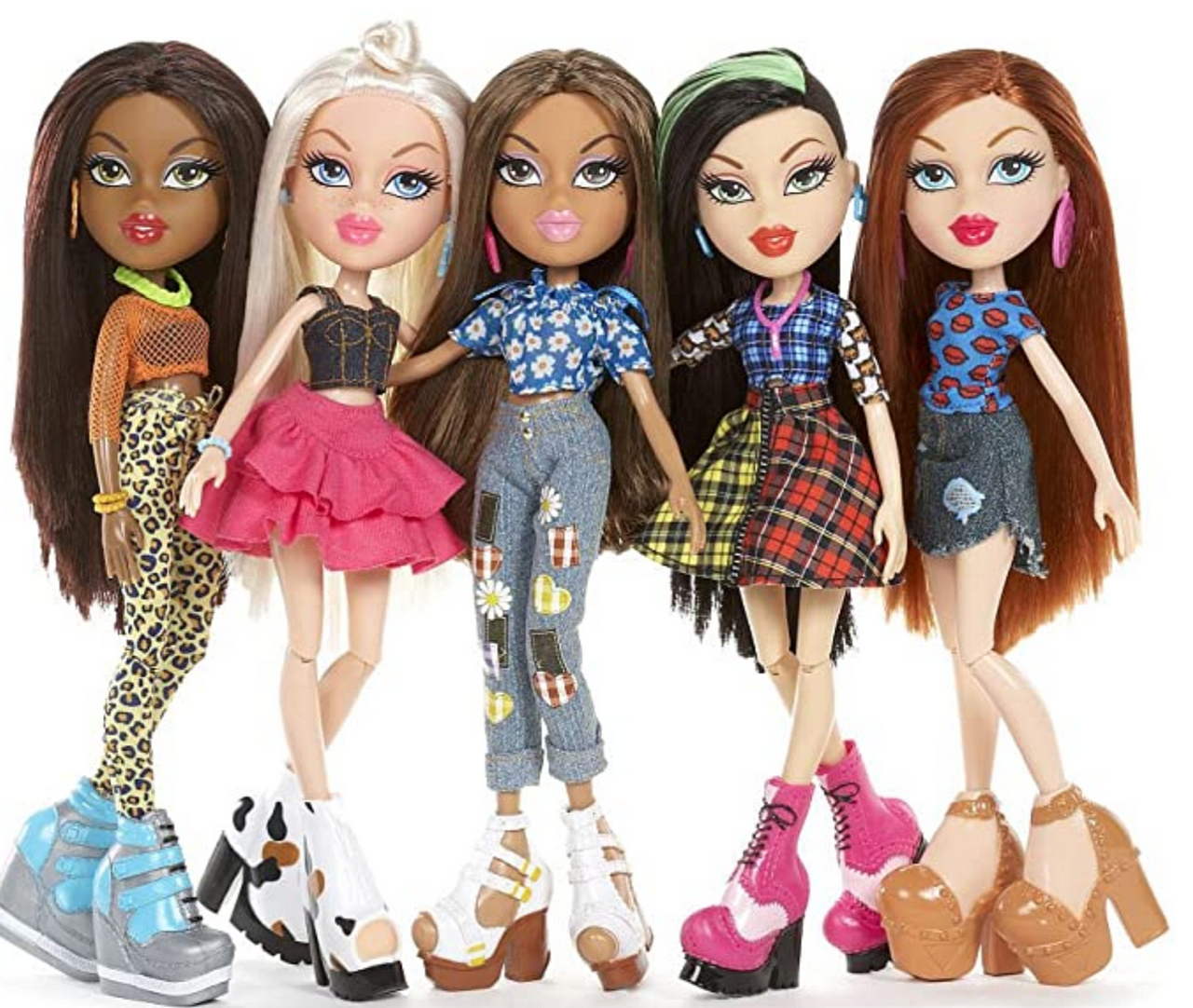Immerse Yourself in the Electric Vibrancy of Brazil: A Journey Through Its Diverse Culture
Located in the heart of South America, Brazil is a country that pulsates with energy and enthusiasm. From the vibrant streets of Rio de Janeiro to the majestic Iguazu Falls, Brazil is a land of contrasts, where ancient traditions meet modern innovations. With a rich cultural heritage that spans over 1,000 years, Brazil is a treasure trove of diverse influences, shaped by the interactions of indigenous peoples, European colonizers, African slaves, and Asian immigrants. In this comprehensive guide, we'll embark on a journey to discover the vibrant culture of Brazil, from the A to the Z.
A: Ancient Civilizations and the Roots of Brazilian Culture
The history of Brazil dates back to the ancient civilizations of the Amazon, with the Tupi and Guarani tribes being some of the earliest known inhabitants of the region. These indigenous peoples possessed a rich spiritual heritage, with a deep connection to nature and the mystical powers of the forest. The arrival of European colonizers in the 16th century had a profound impact on the native population, leading to the displacement and marginalization of the indigenous communities. However, their cultural legacy continues to shape Brazil's identity today.
Early European Settlements
The first European settlers in Brazil were the Portuguese, who arrived in the early 16th century. They brought with them their language, customs, and traditions, which blended with the existing indigenous culture to create a unique Brazilian identity. The Portuguese established several colonial towns, including Salvador and Rio de Janeiro, which became centers of trade, commerce, and culture.
African Influences
The transatlantic slave trade had a profound impact on Brazilian culture, as millions of Africans were brought to the country to work on plantations and in mines. The Africans brought with them their own languages, music, and traditions, which merged with the existing indigenous and European cultures to create a rich cultural tapestry. Today, Afro-Brazilian culture is an integral part of Brazilian identity, with many Brazilians proudly claiming African ancestry.
B: Brazilian Music and Dance
Brazilian music and dance are known for their energetic rhythms and sensual movements. From the samba drums of Rio de Janeiro to the capoeira kicks of Salvador, Brazil is home to a diverse range of musical and dance styles. Here are some of the most popular Brazilian music and dance forms:
- Samba: A genre of music and dance that originated in Rio de Janeiro, characterized by rapid-fire rhythms and energetic movements.
- Bossa Nova: A style of music that emerged in the 1950s, characterized by smooth melodies and relaxed rhythms.
- Forró: A genre of music and dance from the northeastern region of Brazil, characterized by fast-paced rhythms and energetic movements.
- Capoeira: A dance form that combines elements of martial arts, acrobatics, and music, originating from African slaves in Brazil.
Notable Musicians and Dancers
Some notable Brazilians who have made significant contributions to the country's music and dance scene include:
- Antonio Carlos Jobim: A composer and pianist who is known for his bossa nova music.
- Carlos Lyra: A singer and songwriter who is known for his samba music.
- Vinicius de Moraes: A poet and musician who is known for his contributions to the bossa nova movement.
- Betto: A dancer and choreographer who is known for his work in the capoeira community.
C: Brazilian Cuisine and Food
Brazilian cuisine is a fusion of indigenous, European, and African influences, with a focus on grilled meats, seafood, and tropical fruits. Some popular Brazilian dishes include:
- Feijoada: A hearty stew made from black beans and various meats.
- Churrasco: A style of barbecue that originated in the countryside, characterized by grilled meats and fresh vegetables.
- Açaí: A type of fruit that is native to the Amazon rainforest, often eaten as a healthy snack or used in smoothies.
- Pão de queijo: A type of cheese bread that is popular in Brazil, made from tapioca flour and melted cheese.
Beverages
Brazil is also famous for its exotic beverages, including:
- Caipirinha: A cocktail made from cachaça, lime juice, and sugar.
- Guarana: A sweet, fizzy drink made from the guarana fruit.
- Açaí juice: A refreshing drink made from the açaí fruit.
D: Brazilian Festivals and Celebrations
Brazil is known for its vibrant festivals and celebrations, which often feature music, dance, and food. Some popular Brazilian festivals include:
- Carnaval: A colorful and lively celebration that takes place before Lent, featuring parades, music, and dance.
- Festa do Divino Espírito Santo: A festival that takes place in the northeastern region of Brazil, featuring traditional music and dance.
- Festa do Iemanjá: A festival that takes place in the coastal towns of Brazil, honoring the Afro-Brazilian goddess of the sea.
Traditional Dances
Some traditional Brazilian dances include:
- Samba: A dance form that originated in Rio de Janeiro, characterized by rapid-fire rhythms and energetic movements.
- Forró: A dance form that originated in the northeastern region of Brazil, characterized by fast-paced rhythms and energetic movements.
- Capoeira: A dance form that combines elements of martial arts, acrobatics, and music, originating from African slaves in Brazil.
E: Brazilian Art and Architecture
Brazilian art and architecture are known for their vibrant colors, energetic movements, and eclectic styles. Some notable Brazilian artists and architects include:
- Tarsila do Amaral: A painter who is known for her vibrant, geometric works that reflect the culture of the Amazon rainforest.
- Anita Malfatti: A
How Tall Was Lorne Greene
Billieilish Y Pics
Yumieto Of
Article Recommendations
- Brad Pitt Height In Feet
- Lee Majors
- Kelsey Kane
- Jackoherty
- Brook Monk
- Is Blue Ivy Pregnant
- Yasmin Abdallah
- Danpilo
- Barron Trump Car
- Kim Mathers
